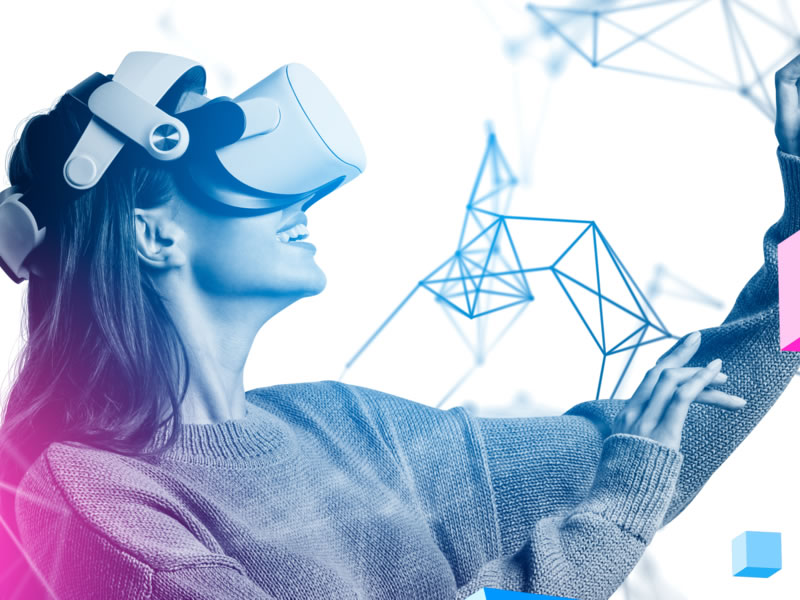Case Three: Virtual Reality Software
Evidence Abstract
This case discusses how virtual reality software, specifically Blender, can help explain the concept of the afterlife. It highlights four key elements of virtual reality that relate to the afterlife. The human mind and 3D software share similarities in processing and organizing complex information, revealing how technology mirrors cognitive functions.
1. What Specific Evidence Are We Looking For?
Three-dimensional (3D) software is a specialized tool used to create and manipulate virtual objects within a digital space, with Blender being a prominent example. The human mind and 3D software share similarities in processing and organizing complex information, revealing how technology mirrors cognitive functions. Interestingly, 3D software plays a role in understanding concepts related to the afterlife, as it effectively visualizes abstract ideas like awareness, memory, and spatial perception. Blender, initially developed in 1994 by Ton Roosendaal for NeoGeo, transitioned from a proprietary tool to an open-source platform after a successful community-driven campaign in 2002. Since then, Blender has thrived under the Blender Foundation, benefiting from global contributions and fostering a dynamic community of creators. Its evolution demonstrates the power of innovation, collaboration, and accessibility in shaping the modern 3D design landscape.
2. Using Blender to Explain Afterlife's Geometric Concepts
Blender 3D software is used as a tool to illustrate the Theory of Afterlife by exploring five geometric concepts: space, awareness, time, birth, and memory. These concepts, essential to the theory, are explained through the lens of 3D modeling, where the environment, objects, and time exist within memory, just as the theory posits for human experience. Blender's 3D space parallels how physical surroundings might be stored in memory, awareness is likened to the camera's point of view, and time is shown as accessible past moments along a timeline. Birth is represented by the activation of the camera, and memory is demonstrated as a complete repository of all modeled elements. This comparison highlights a shift from conventional interpretations of life to one where the surrounding environment and events are internalized, emphasizing how 3D software helps make abstract concepts of life and afterlife more tangible and understandable.
3. Enhanced Similarities Between 3D Software and Human Reality
The human brain constructs a three-dimensional (3D) model of reality by integrating sensory inputs, a process akin to 3D modeling in software. This internal model, rather than the external environment, constitutes what we perceive as reality, shaped by neural processes in areas like the parietal lobe and hippocampus. Advances in neuroscience and phenomena like optical illusions emphasize the brain's active role in synthesizing reality, suggesting that it is bound to perception rather than existing independently. Virtual reality (VR) parallels this concept by creating immersive, interactive environments that replicate sensory and spatial experiences, offering a tangible demonstration of how the mind models reality. These similarities underscore the intricate relationship between perception, cognition, and existence, challenging traditional views of objective reality and highlighting the mind's creative modeling processes.
4. Conclusion: How 3D Modeling Provides Evidence for Afterlife
3D modeling concepts provide a unique framework for understanding existence and the afterlife, drawing parallels between virtual environments and human consciousness. In this model, physical space is limitless, awareness is a focal point (like a camera), and time is a manipulatable construct, much like a timeline in 3D software. The relationship between awareness (a single point) and memory (an infinite space) defines the awareness/memory model of existence. This extends to spacetime, where all past and future moments persist in memory. At the end of life, awareness undergoes a dimensional transformation, expanding from a single point to encompass all of space and time, akin to divine omnipresence. This theory implies that consciousness is not extinguished at death but rather merges into an infinite realm. This realm has unlimited time and space and exists inside our memory. This theory aligns with spiritual concepts of afterlife.
